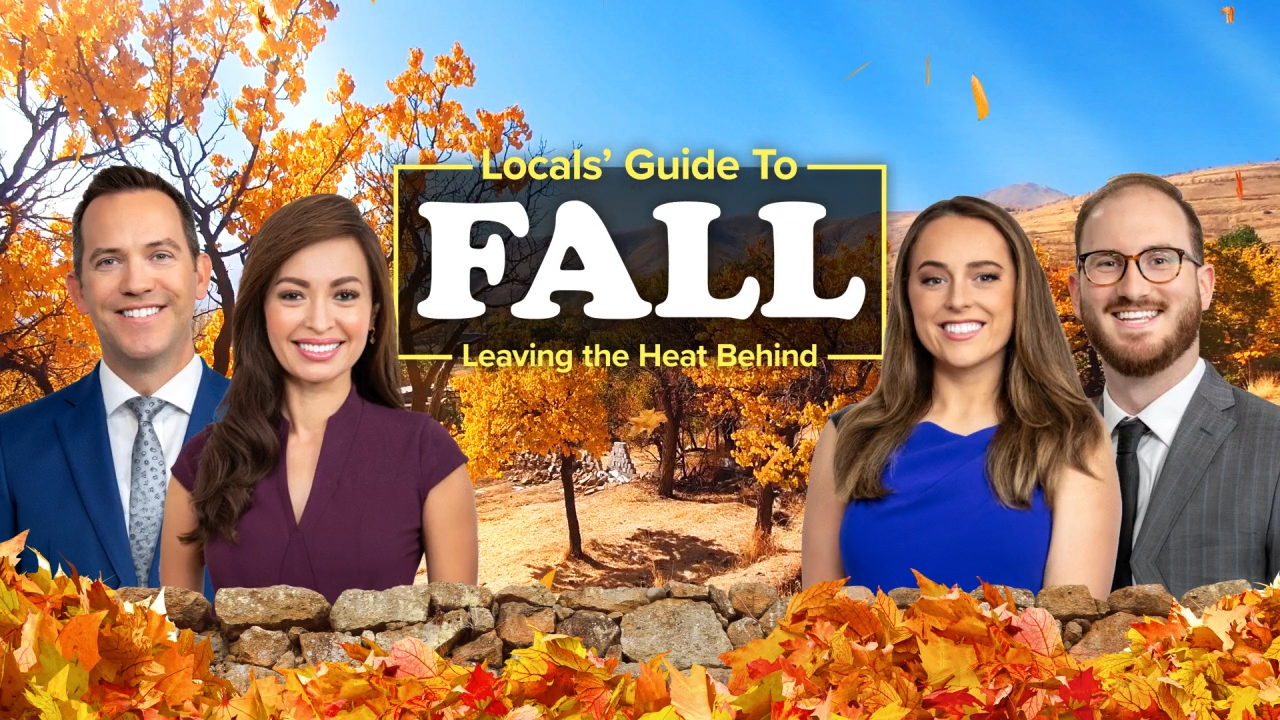LAS VEGAS (KTNV) — Did you know that Las Vegas is the driest large city in the United States? We average around 4" of rainfall each year. That's about half of the 8" of annual rain for our friends in Phoenix. Like Arizona, Nevada is also well-known for our long, hot summers.
Between mid-June and September, an occasional wind shift known as the monsoon occurs across the Desert Southwest. Southerly or southeasterly breezes in the lowest 15,000 feet of the atmosphere can pull moisture from the Gulf of California or the Gulf of Mexico all the way toward Las Vegas. That periodic increase in humidity can set the stage for thunderstorms to erupt.
Monsoon storms typically flare up in the afternoon heat over the mountains that surround Las Vegas. Depending on which way the winds are blowing throughout the atmosphere, those storms can then drift across parts of Las Vegas with rain, lightning, hail, and strong winds. If the humidity is high, and the winds in the atmosphere are weak, slow-moving storms with heavy rainfall can cause flash flooding. It's important to never drive across a flooded roadway (we urge you to "turn around, don't drown") or to play in one of the many washes designed to divert rain across Las Vegas and eventually funnel that much-needed water into Lake Mead.
Monsoon storms can also deliver severe wind gusts that can knock down trees and damage homes. On July 20, 2018 a microburst over Green Valley delivered 70 mph gusts that caused extensive damage, as well as heavy rain.
The monsoon isn't always reliable, and when that seasonal wind shift doesn't deliver humidity to Las Vegas, we can stay dry for a long time. The old record for consecutive days without measurable rainfall at McCarran International Airport was 150 days in 1959. We set a new record in 2020, when we tallied 240 days in a row with no measurable rainfall from February through December!
While Las Vegas does see rain on a somewhat regular basis from October through May when the jet stream steers weather systems to Southern Nevada, we rely on the monsoon to develop in the hot summer months to deliver breaks of clouds and rain from the otherwise intense, dry heat.




